Lunch, Trees And Dancing (12/14/2010)
We went to Old Town Tustin to check out a Zaitz recommended clothing store. While the store didn't pan out the dining experience was great! Another veggie friendly place to go!

Did you know? - Tustin Old Town is an area centered around a group of historic buildings located on Main Street and El Camino Real which date back to the 1880s. Among the early businesses and structures in Tustin were a blacksmith shop, a combined grocery store/meat market, a business and feed store building, churches and school buildings. The present day museum is located in a historic old building which has housed many businesses over the decades.
Main Street runs from Williams Street on the west to just past Newport Avenue on the east. Today, its one-and-a-half miles reveal over twelve decades of Tustin's past. Tourists are advised to park their cars and follow a map to "Take Main Street to Tustin History." This sidewalk tour has three short side trips to expand the study. The total walking distance is just over two miles, but in that distance Southern California's past is illuminated in a special way.



Stuffed mushrooms were fantastic

Chili burrito was huge and excellent

No more eating the rest of this day
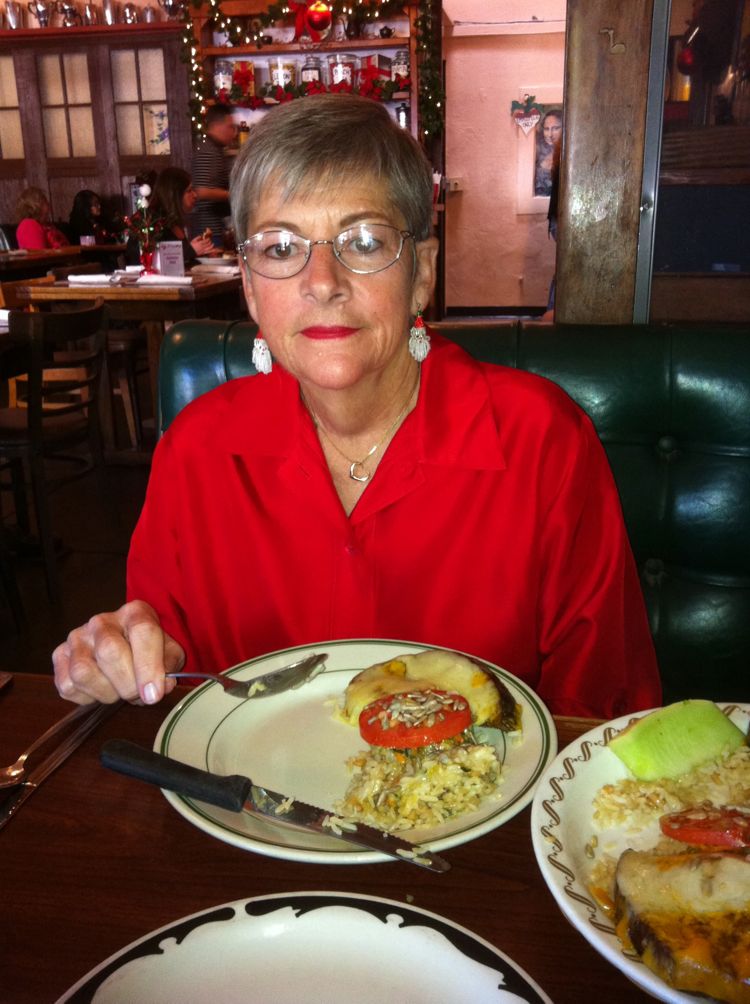
We split evrything

Great decorations... Check the ceiling!
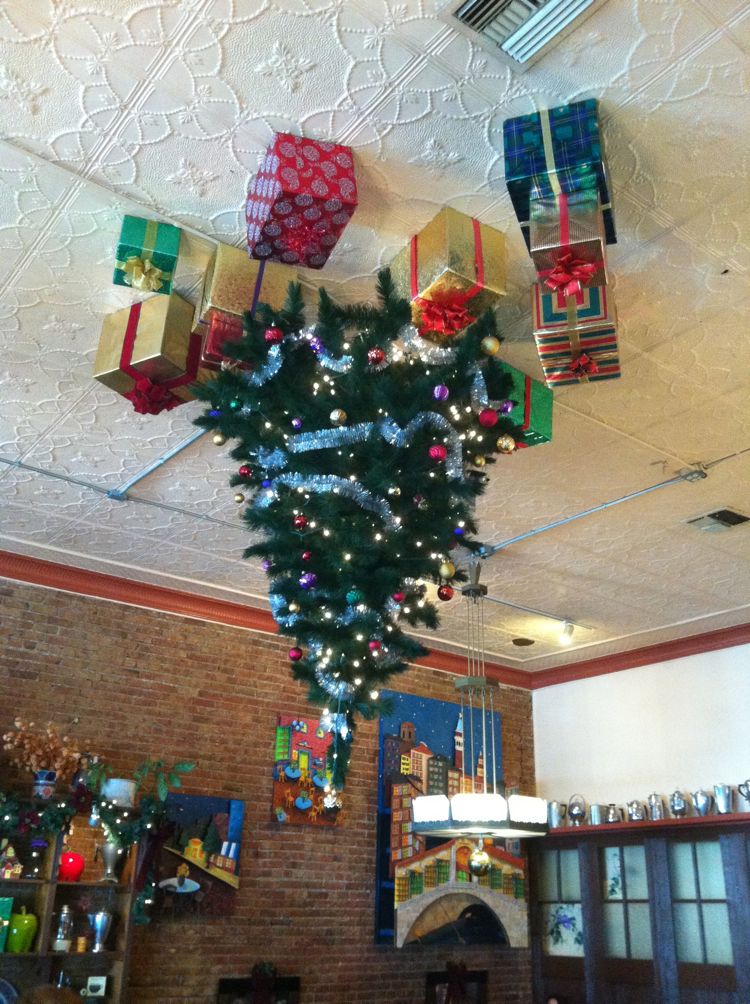
On the ceiling
We Shot Some Trees In Our Neighborhood

Reflection in the windshield
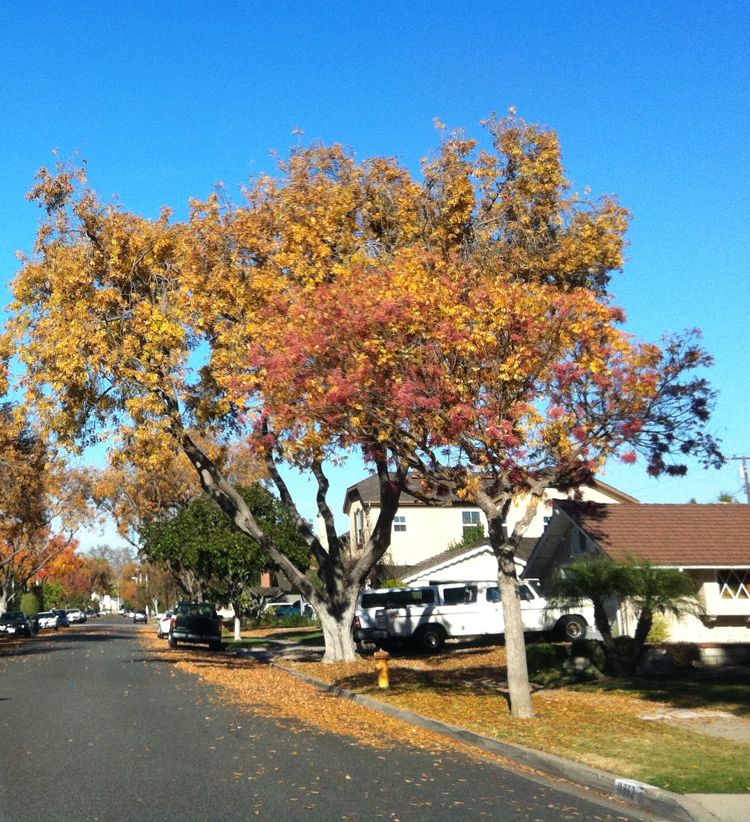
Leaves are dropping like mad
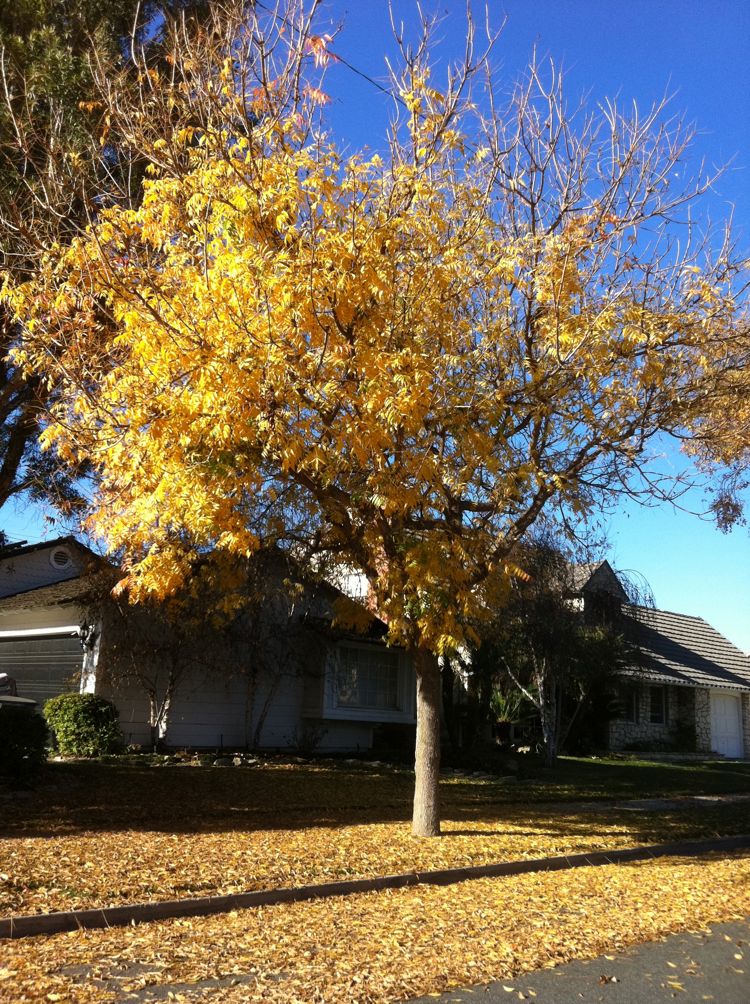
The yellows are powerful bright
Did you know? - A green leaf is green because of the presence of a pigment known as chlorophyll. When they are abundant in the leaf's cells, as they are during the growing season, the chlorophylls' green color dominates and masks out the colors of any other pigments that may be present in the leaf. Thus the leaves of summer are characteristically green.
Chlorophyll has a vital function: that of capturing solar rays and utilizing the resulting energy in the manufacture of the plant's food—simple sugars which are produced from water and carbon dioxide. These sugars are the basis of the plant's nourishment—the sole source of the carbohydrates needed for growth and development. In their food-manufacturing process, the chlorophylls themselves break down and thus are being continually "used up." During the growing season, however, the plant replenishes the chlorophyll so that the supply remains high and the leaves stay green.
In late summer, as daylight hours shorten and temperatures cool, the veins that carry fluids into and out of the leaf are gradually closed off as a layer of special cork cells forms at the base of each leaf. As this cork layer develops, water and mineral intake into the leaf is reduced, slowly at first, and then more rapidly. It is during this time that the chlorophyll begins to decrease.
Often the veins will still be green after the tissues between them have almost completely changed color.

Every shade of yellow and orange one can vision

The park in late afternoon
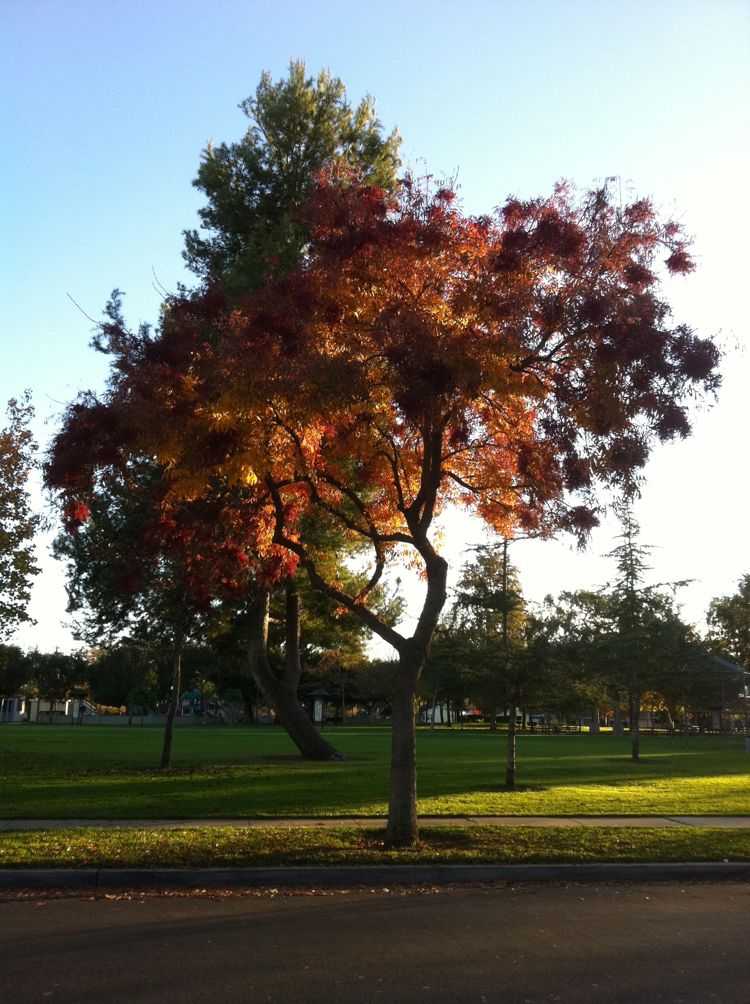
Stark contract to the evergreens
Did you know? - Deciduous trees shed their leaves usually as an adaptation to a cold or dry season. Most tropical rainforest plants are evergreens, replacing their leaves gradually throughout the year as the leaves age and fall, whereas species growing in seasonally arid climates may be either evergreen or deciduous. Most warm temperate climate plants are also evergreen. In cool temperate climates, fewer plants are evergreen, with a predominance of conifers, as few evergreen broadleaf plants can tolerate severe cold below about -30 °C.
In areas where there is a reason for being deciduous (e.g. a cold season or dry season), being evergreen is usually an adaptation to low nutrient levels. Deciduous trees lose nutrients whenever they lose their leaves, and an advantage. In warmer areas, species such as some pines and cypresses grow on poor soils and disturbed ground. In Rhododendron, a genus with many broadleaf evergreens, several species grow in mature forests but are usually found on highly acidic soil where the nutrients are less available to plants. In taiga or boreal forests, it is too cold for the organic matter in the soil to decay rapidly, so the nutrients in the soil are less easily available to plants, thus favouring evergreens.
In temperate climates, evergreens can reinforce their own survival; evergreen leaf and needle litter has a higher carbon-nitrogen ratio than deciduous leaf litter, contributing to a higher soil acidity and lower soil nitrogen content. These conditions favour the growth of more evergreens and make it more difficult for deciduous plants to persist. In addition, the shelter provided by existing evergreen plants can make it easier for younger evergreen plants to survive cold and/or drought

The mess is worth the beauty
Off To Alpine Village


During the break

At Home Sarge Is Guarding The House And Waiting For Us

Sweet baby
